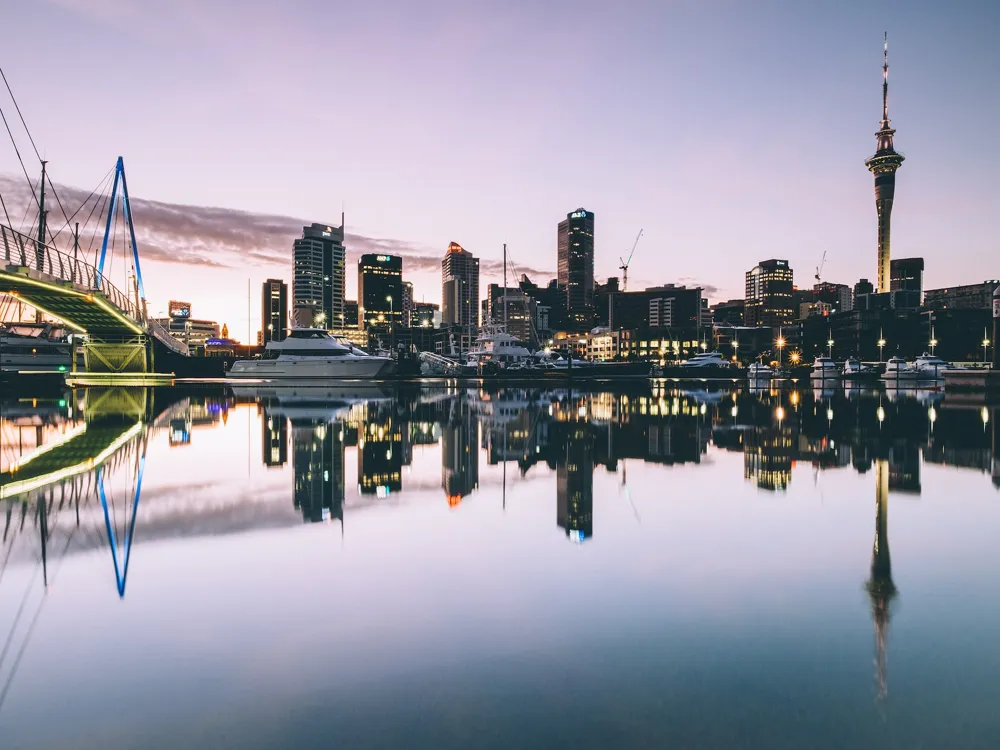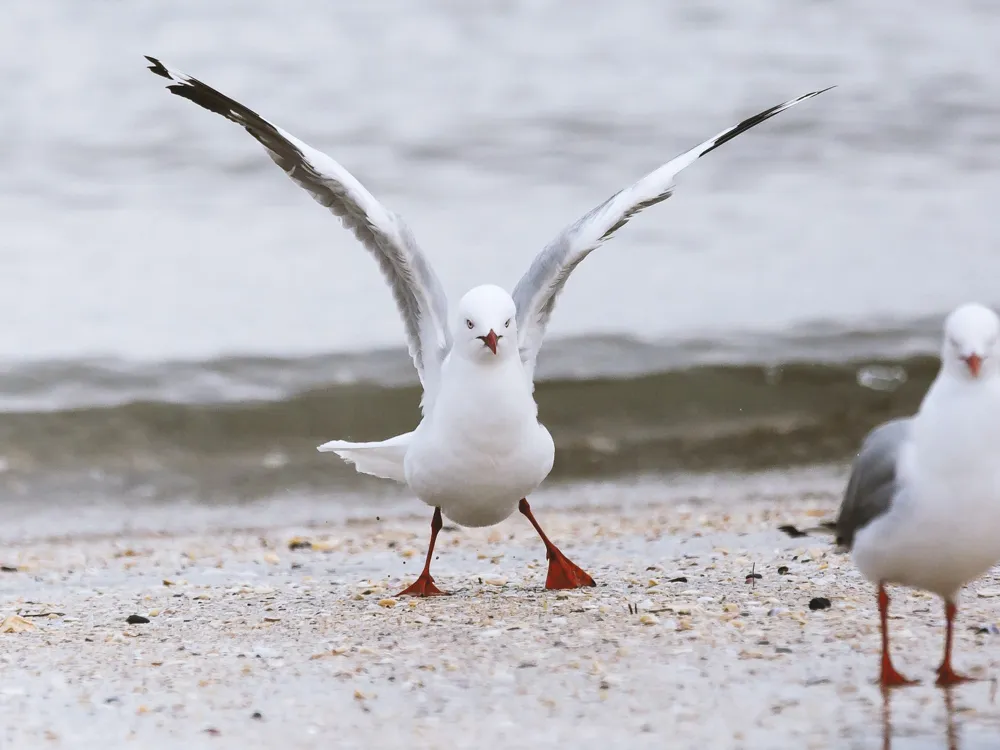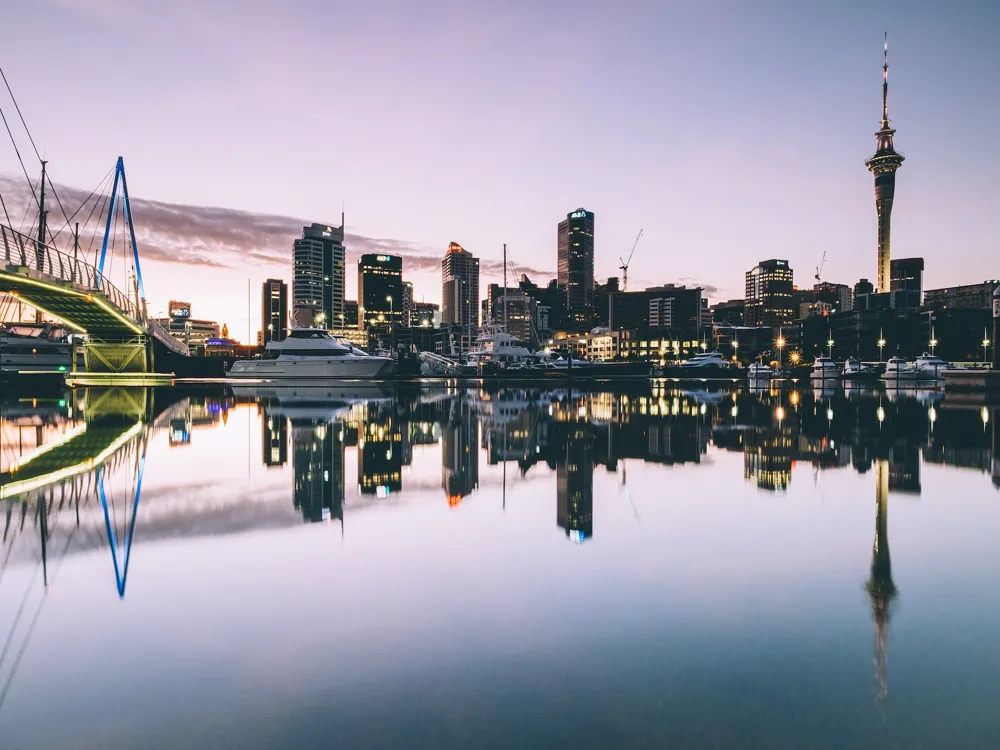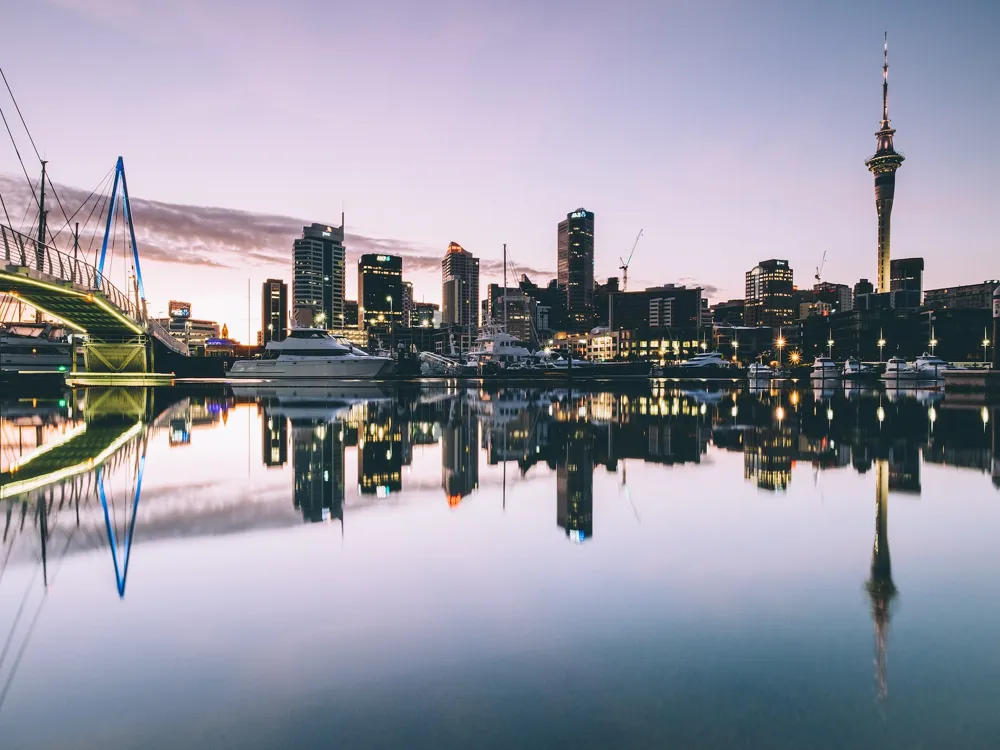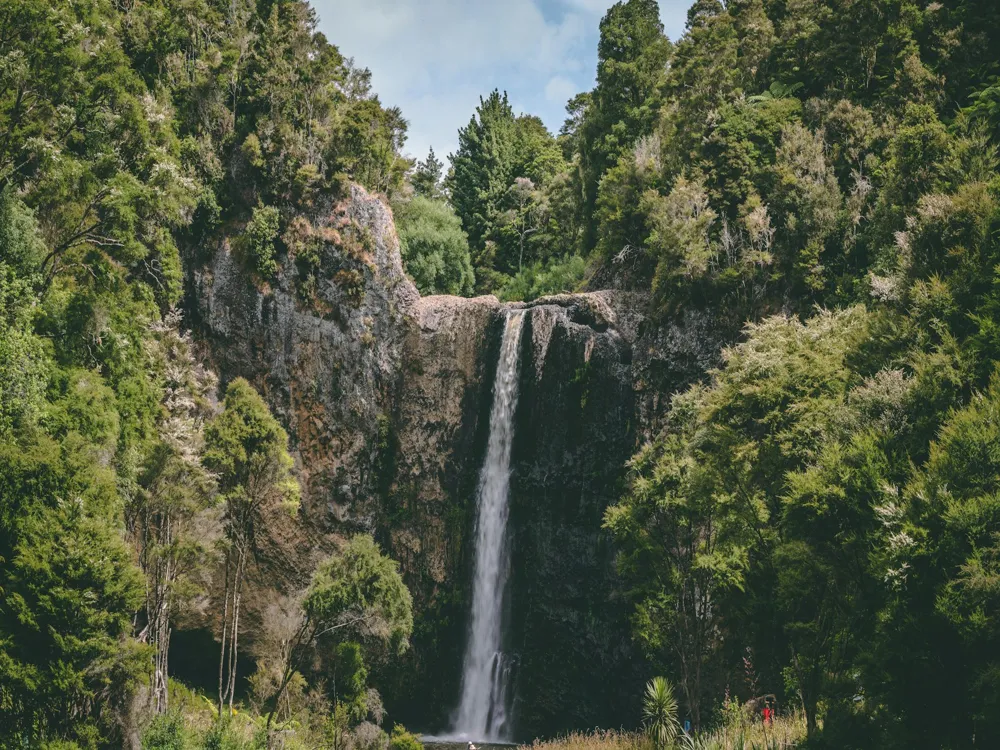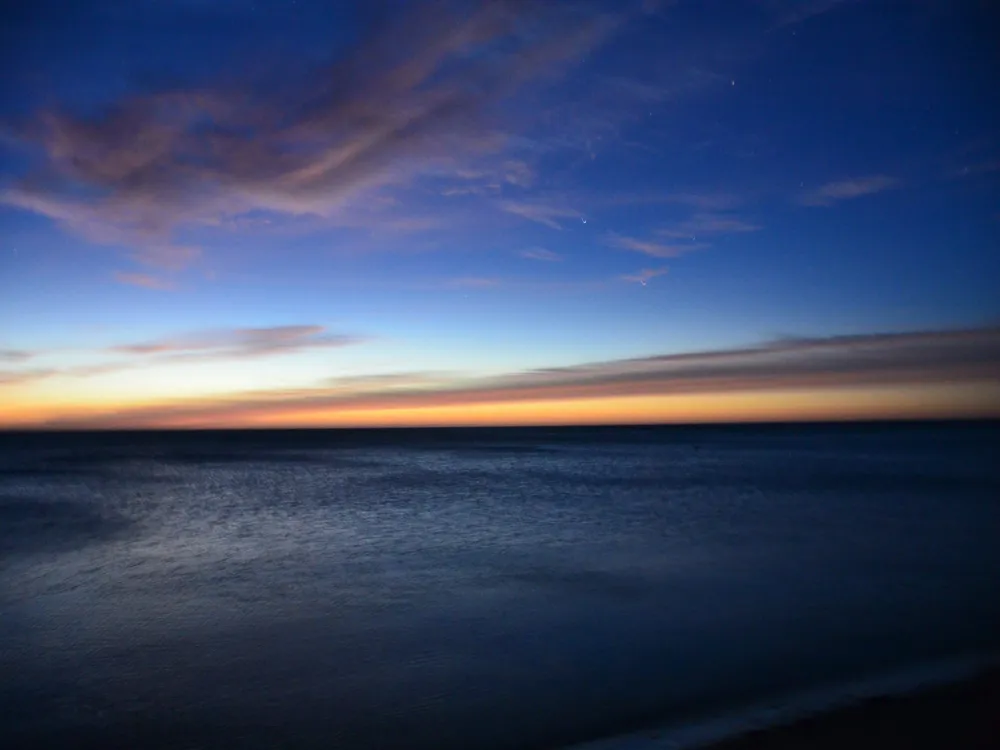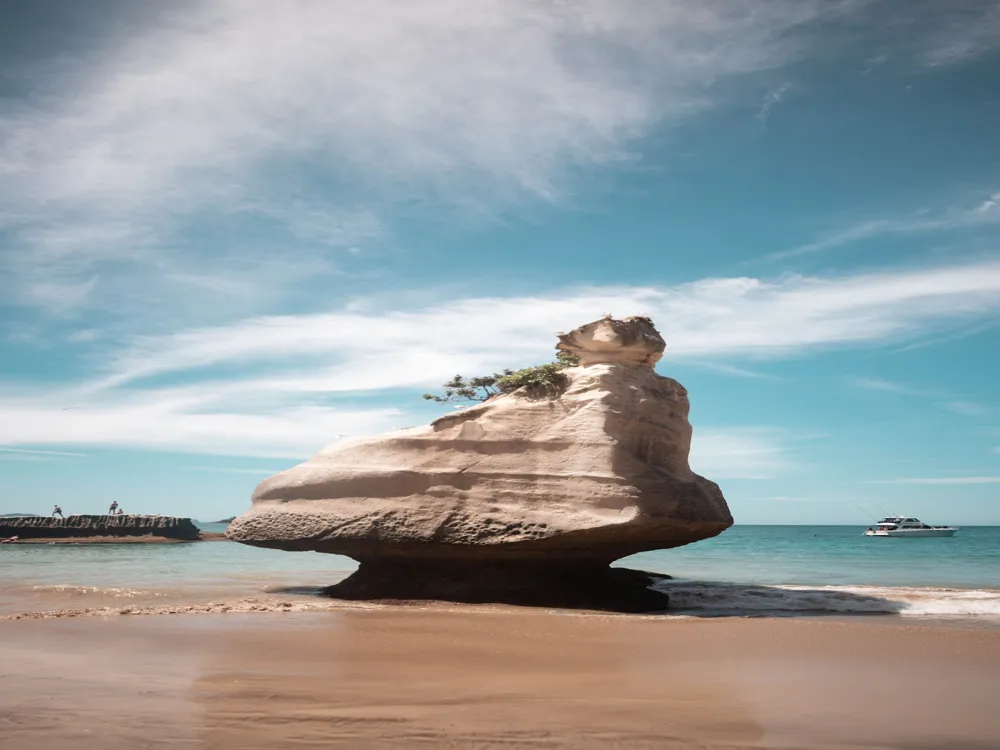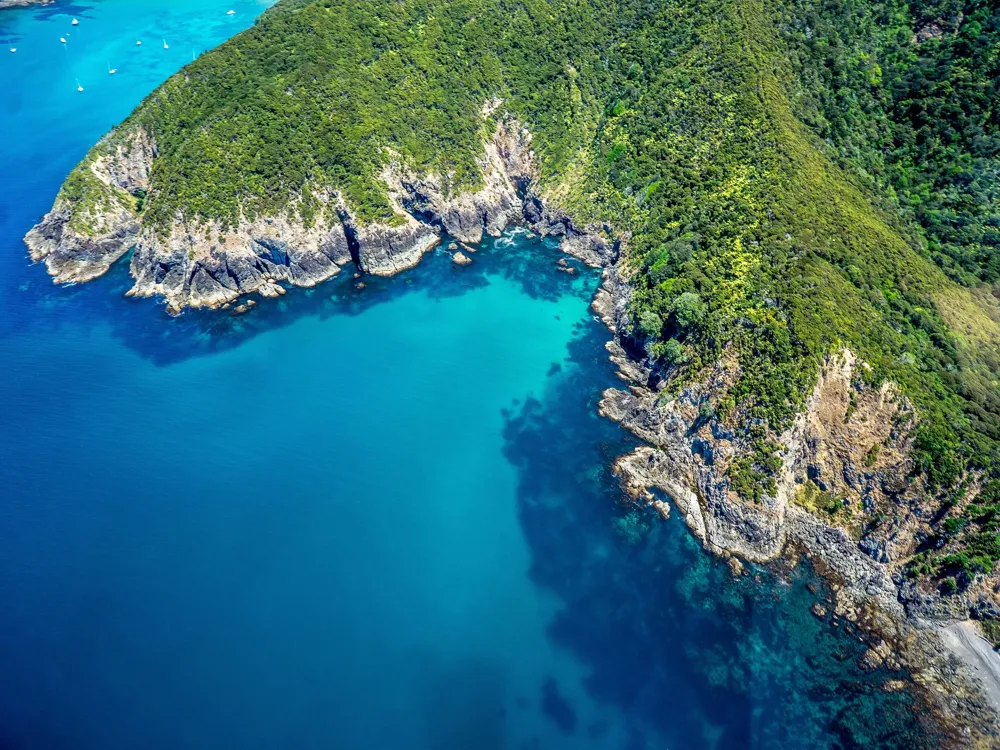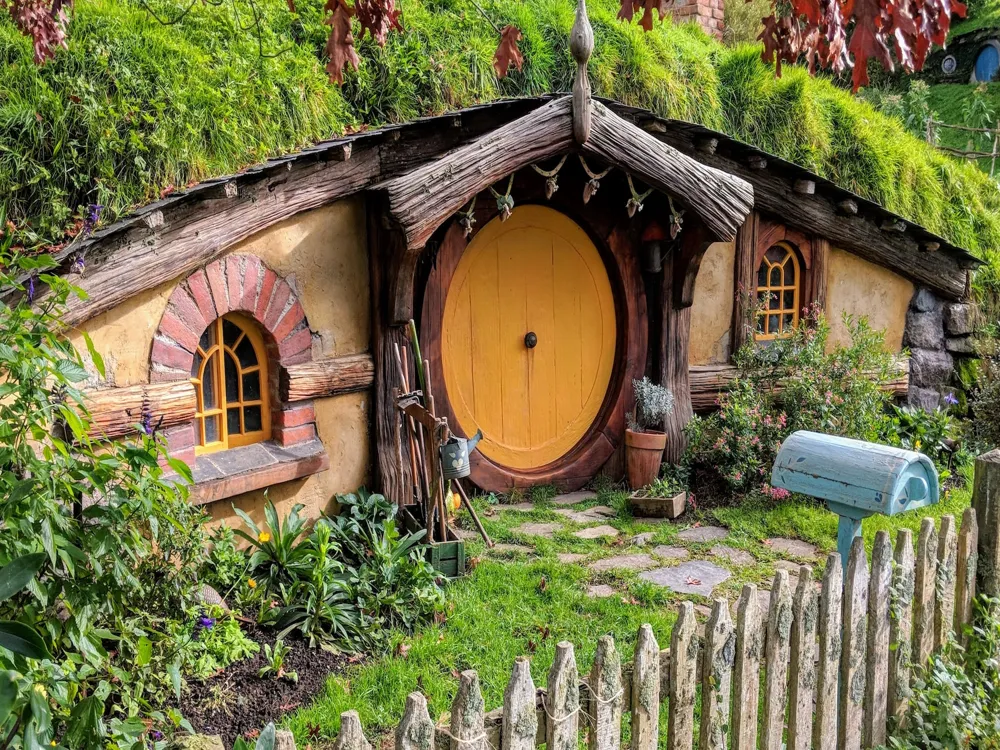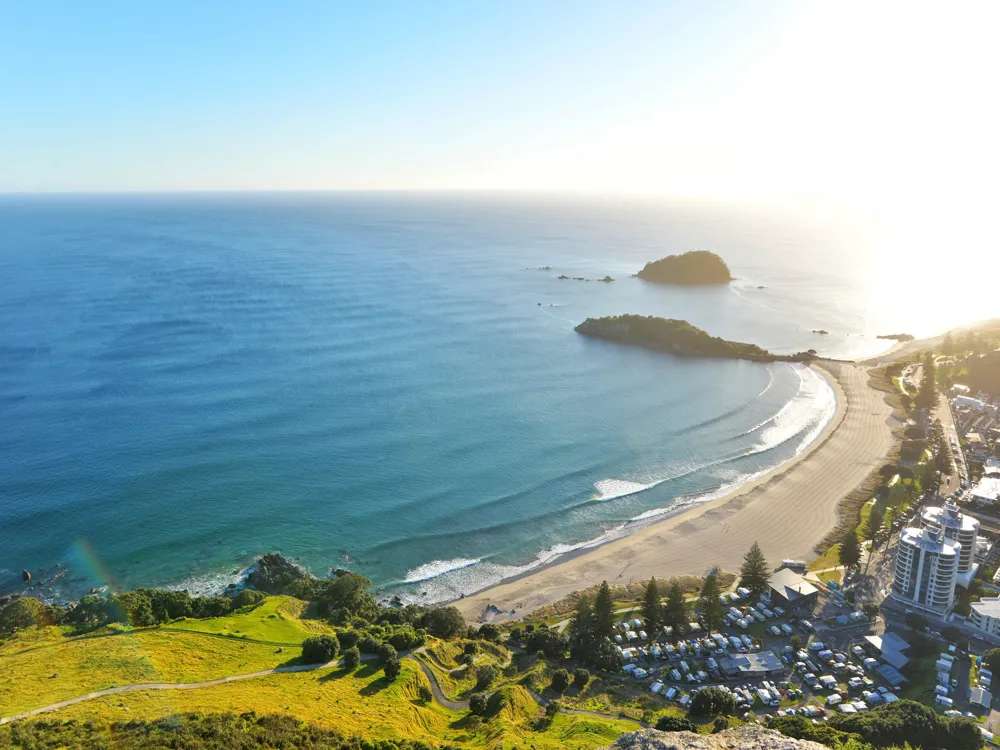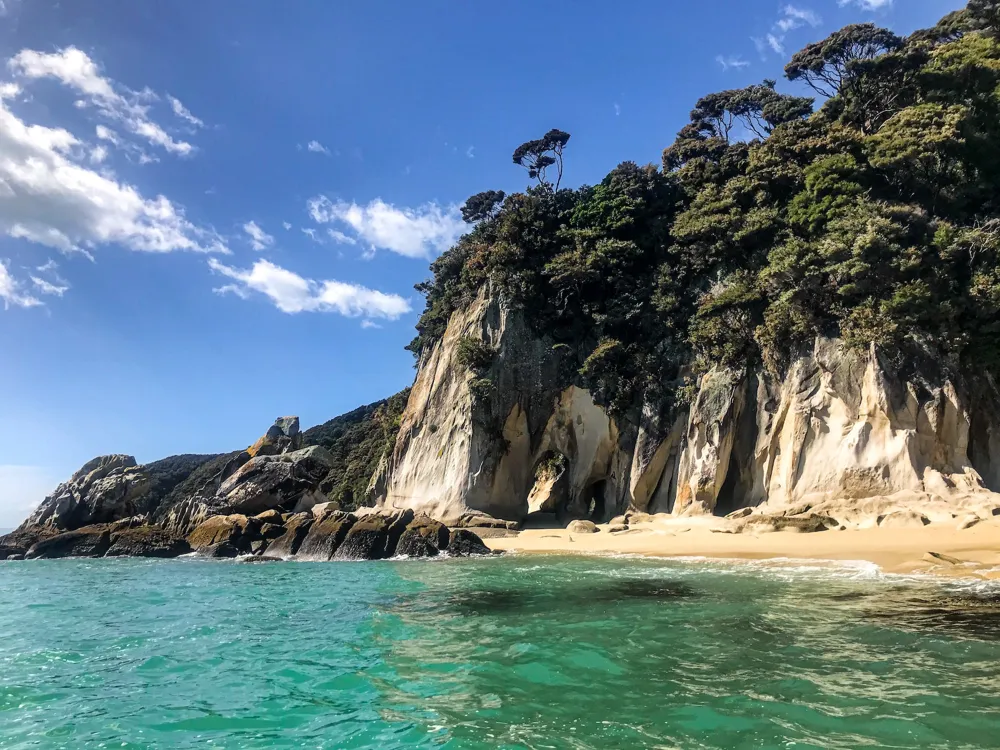The Hauraki Gulf islets, nestled near Auckland, are a mesmerising mix of natural beauty, artistic uproariousness, and ecological diversity. These islets, including the notorious Waiheke, Great Barrier, and Rangitoto, offer a unique regard for New Zealand's stunning geographies and vibrant wildlife. Each islet boasts its own distinct character, ranging from lush native timbers and pristine strands to literal milestones and thriving trade communities. The armature of the Hauraki Gulf islets is a fascinating blend of literal and contemporary styles, reflecting the islets' rich history and ultramodern life. Traditional Māori structures, social structures, and ultramodern eco-friendly designs work in harmony, creating a unique architectural geography. Plan your trip in advance, especially during peak seasons. Lodgments range from luxury lodges to cosy bed and breakfasts. Consider staying in an eco-friendly location to support sustainable tourism. Each islet has its own unique charm. Rent a bike or scooter on Waiheke Island to explore stations. On Great Barrier Island, try guided nature walks to learn about the original flora and fauna. The Hauraki Gulf islets are home to delicate ecosystems. adhere to conservation guidelines, stay on designated trails, and avoid disturbing wildlife. Admire the artistic significance of the islets to the Māori people. Visit literal spots with awareness and learn about the original indigenous history. Enjoy the original cuisine and world-class wines, especially on Waiheke Island. Support original businesses by trying artisanal products and fresh seafood. Reaching the Hauraki Gulf islets is a trip in itself, with colourful options available. The most common way to pierce these islets is by ferry from Auckland. Regular ferry services connect Auckland to the main islets like Waiheke and the Great Barrier. For a more scenic and individualised experience, consider chartering a private boat or joining a guided tour. Copter services are also available for those looking for a hastily and more exclusive way to reach the islands. Previously, on the islands, transportation options included rental buses, bikes, and original shuttle services, allowing callers to explore the islands at their own pace. Read More:Overview of Hauraki Gulf Islands of Auckland
Waiheke Island, frequently known as the' islet of wine,' is home to a plethora of stations and olive groves, offering callers an exquisite taste of original cookery and wine. The island's cultural faculty is apparent in its multitudinous galleries and craft stores. Great Barrier Island, a haven for nature suckers and comers, is honoured for its rugged terrain, unspoiled strands, and dark sky sanctuary status. Rangitoto Island, with its iconic stormy cone, is a geological masterpiece, offering hiking trails leading to spectacular peak views.
These islets aren't just a sightseer destination but also a critical niche for colourful aboriginal species of catcalls and marine life. Conservation efforts are ongoing to save their unique ecosystems. The Hauraki Gulf also holds significant artistic significance for the Māori people, with several spots of literal and spiritual significance scattered across the islets.
Callers to the Hauraki Gulf islets can immerse themselves in a world where conservation, culture, and relaxation meet. Whether it's exploring the lush trails, lounging on isolated strands, or probing into the original trade and wine scene, these islets offer an alluring escape from the hustle and bustle of megacity life.Architecture of Hauraki Gulf Islands
On Waiheke Island, callers will find a variety of architectural styles, from rustic sand houses to sophisticated ultramodern homes. The islet's architecture is characterised by its integration with the natural geography, using accoutrements like native wood and gravestone to produce structures that blend seamlessly with their surroundings. Numerous homes and structures on Waiheke are designed to maximise natural light and views of the stunning littoral geography.
Great Barrier Island showcases sustainable and off-grid living, with numerous structures designed for tone-adequacy. Solar panels, rainwater harvesting systems, and eco-friendly accoutrements are common features, reflecting the islanders' commitment to conserving their natural terrain. The armature is then a testament to innovative design results that feed remote living while minimising environmental impact.
Rangitoto Island, being a stormy islet with no endless residents, has a different architectural story. The island's many structures are primarily literal bachs( small, simple vacation homes) and conservation installations. These bachs, some dating back to the early 20th century, are saved as part of the island's heritage and offer a glimpse into the simple, rustic living of the past.
The Hauraki Gulf islets' architecture isn't just about structures; it's about a life that respects and harmonises with the natural terrain. From the major to the contemporary, the architecture then tells the story of people living in balance with nature.Tips When Visiting Hauraki Gulf Islands
Travel and Accommodation Tips
Exploring the Islands
Conservation and Respect for Nature
Cultural Sensitivity
Food and Drink
How To Reach Hauraki Gulf Islands
Hauraki Gulf Islands
Auckland
₹ 72,000 onwards
View auckland Packages
Auckland Travel Packages
View All Packages For Auckland
Top Hotel Collections for Auckland

Private Pool

Luxury Hotels

5-Star Hotels

Pet Friendly
Top Hotels Near Auckland
Other Top Ranking Places In Auckland
View All Places To Visit In auckland
Faq on Auckland
What are the Hauraki Gulf Islands?
The Hauraki Gulf Islands are a collection of islands located in the Hauraki Gulf of New Zealand, to the east of the Auckland Region. They are known for their stunning natural beauty, unique wildlife, and recreational opportunities.
How many islands are there in the Hauraki Gulf?
There are over 50 islands within the Hauraki Gulf, but the most well-known and frequently visited include Waiheke Island, Great Barrier Island, Rangitoto Island, and Tiritiri Matangi Island.
How can I get to the Hauraki Gulf Islands?
The most common way to get to the islands is by ferry, with regular services from Auckland to the main islands like Waiheke and Great Barrier. Some islands can also be reached by private boat, helicopter, or small plane.
Are there any restrictions on visiting the islands?
Some islands, especially those that are conservation reserves, have specific visiting hours and restrictions to protect the wildlife and natural habitat. It's best to check the Department of Conservation website or with the ferry services for detailed information.
What activities are available on the Hauraki Gulf Islands?
Activities vary by island but generally include hiking, swimming, snorkeling, kayaking, bird watching, and exploring historic sites. Waiheke Island is also famous for its vineyards and wine tasting tours.
View auckland Packages
Auckland Travel Packages
View All Packages For Auckland
Top Hotel Collections for Auckland

Private Pool

Luxury Hotels

5-Star Hotels

Pet Friendly
Top Hotels Near Auckland
Other Top Ranking Places In Auckland
Faq on Auckland
What are the Hauraki Gulf Islands?
The Hauraki Gulf Islands are a collection of islands located in the Hauraki Gulf of New Zealand, to the east of the Auckland Region. They are known for their stunning natural beauty, unique wildlife, and recreational opportunities.
How many islands are there in the Hauraki Gulf?
There are over 50 islands within the Hauraki Gulf, but the most well-known and frequently visited include Waiheke Island, Great Barrier Island, Rangitoto Island, and Tiritiri Matangi Island.
How can I get to the Hauraki Gulf Islands?
The most common way to get to the islands is by ferry, with regular services from Auckland to the main islands like Waiheke and Great Barrier. Some islands can also be reached by private boat, helicopter, or small plane.
Are there any restrictions on visiting the islands?
Some islands, especially those that are conservation reserves, have specific visiting hours and restrictions to protect the wildlife and natural habitat. It's best to check the Department of Conservation website or with the ferry services for detailed information.
What activities are available on the Hauraki Gulf Islands?
Activities vary by island but generally include hiking, swimming, snorkeling, kayaking, bird watching, and exploring historic sites. Waiheke Island is also famous for its vineyards and wine tasting tours.







